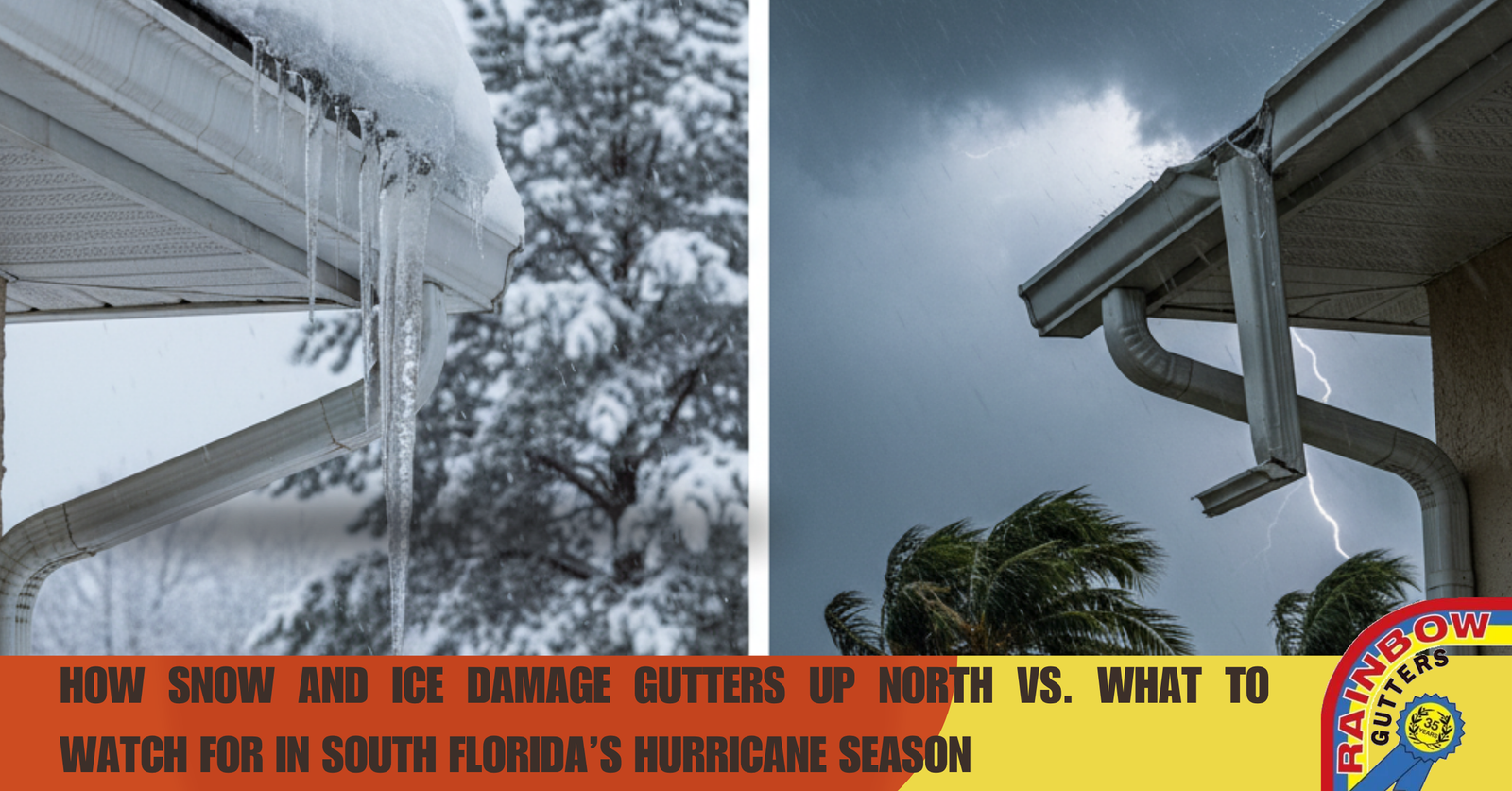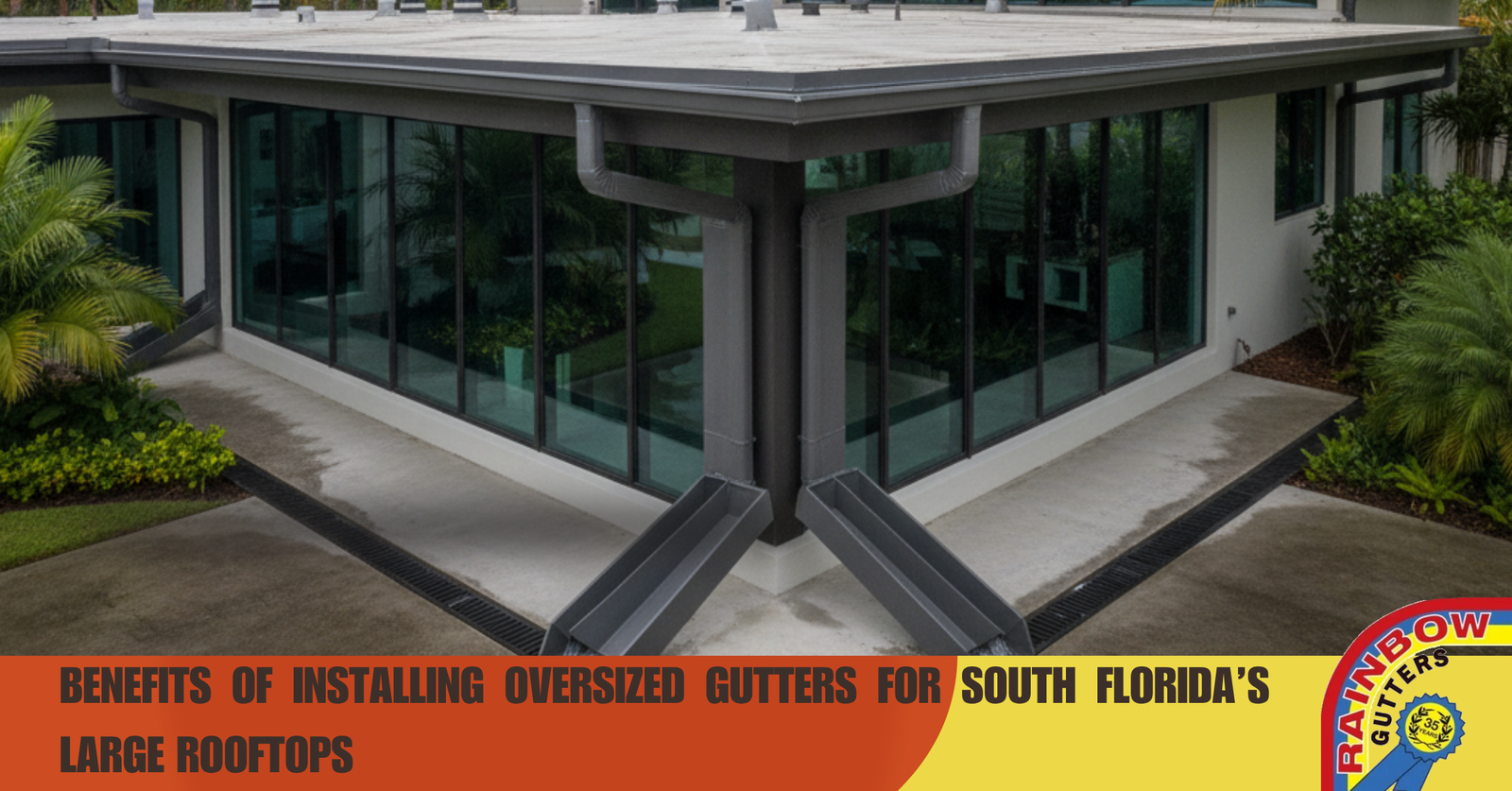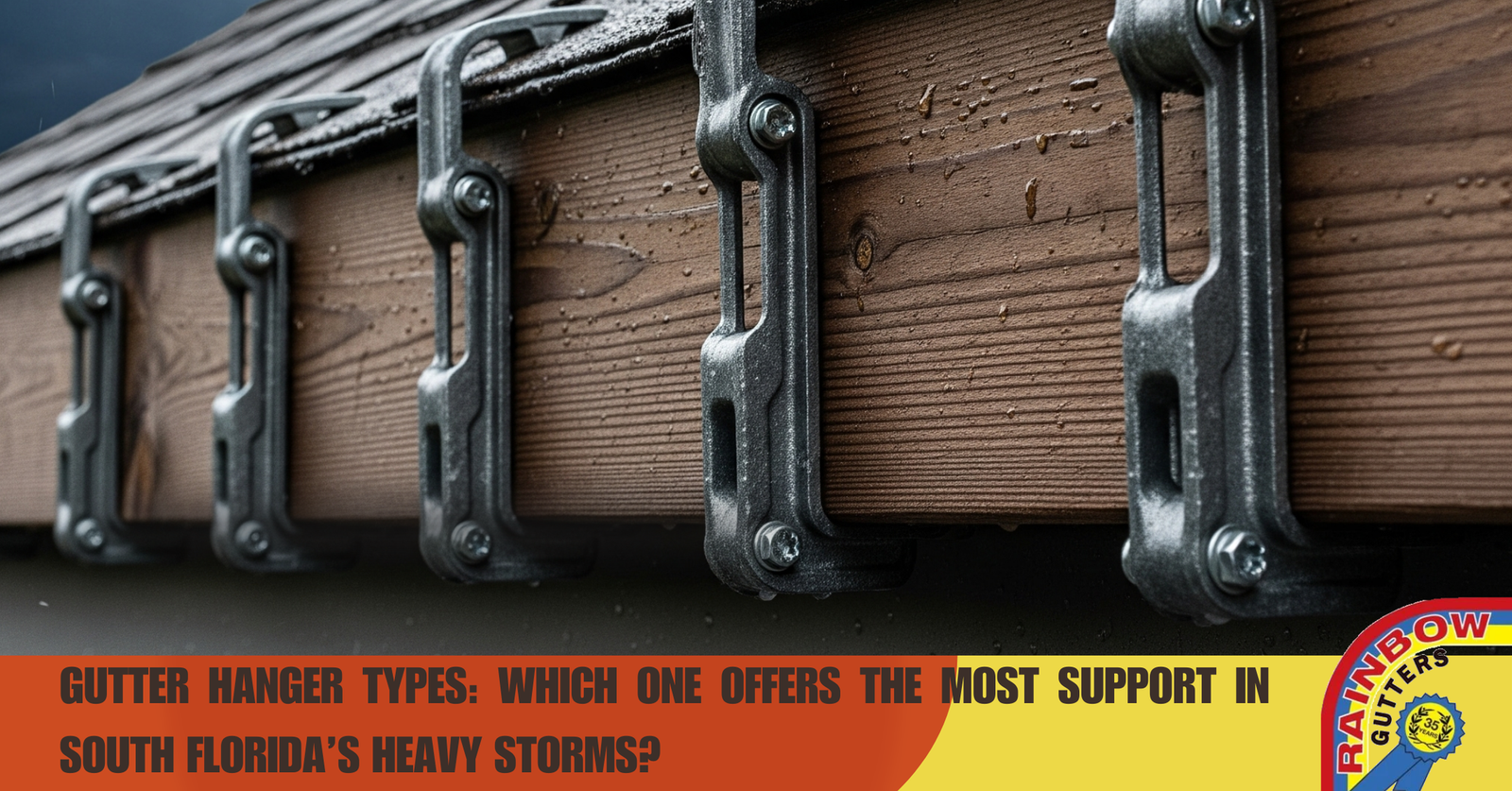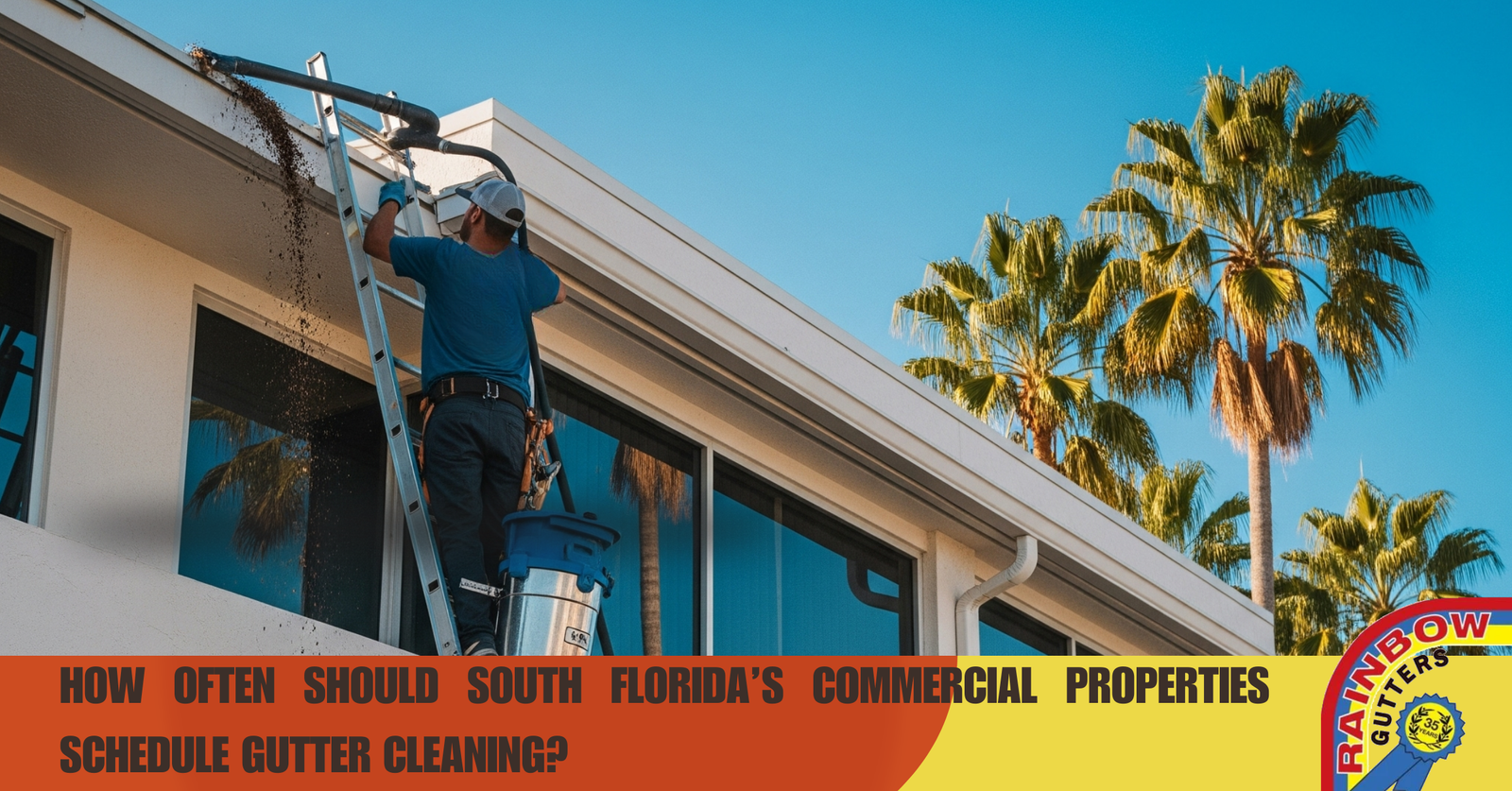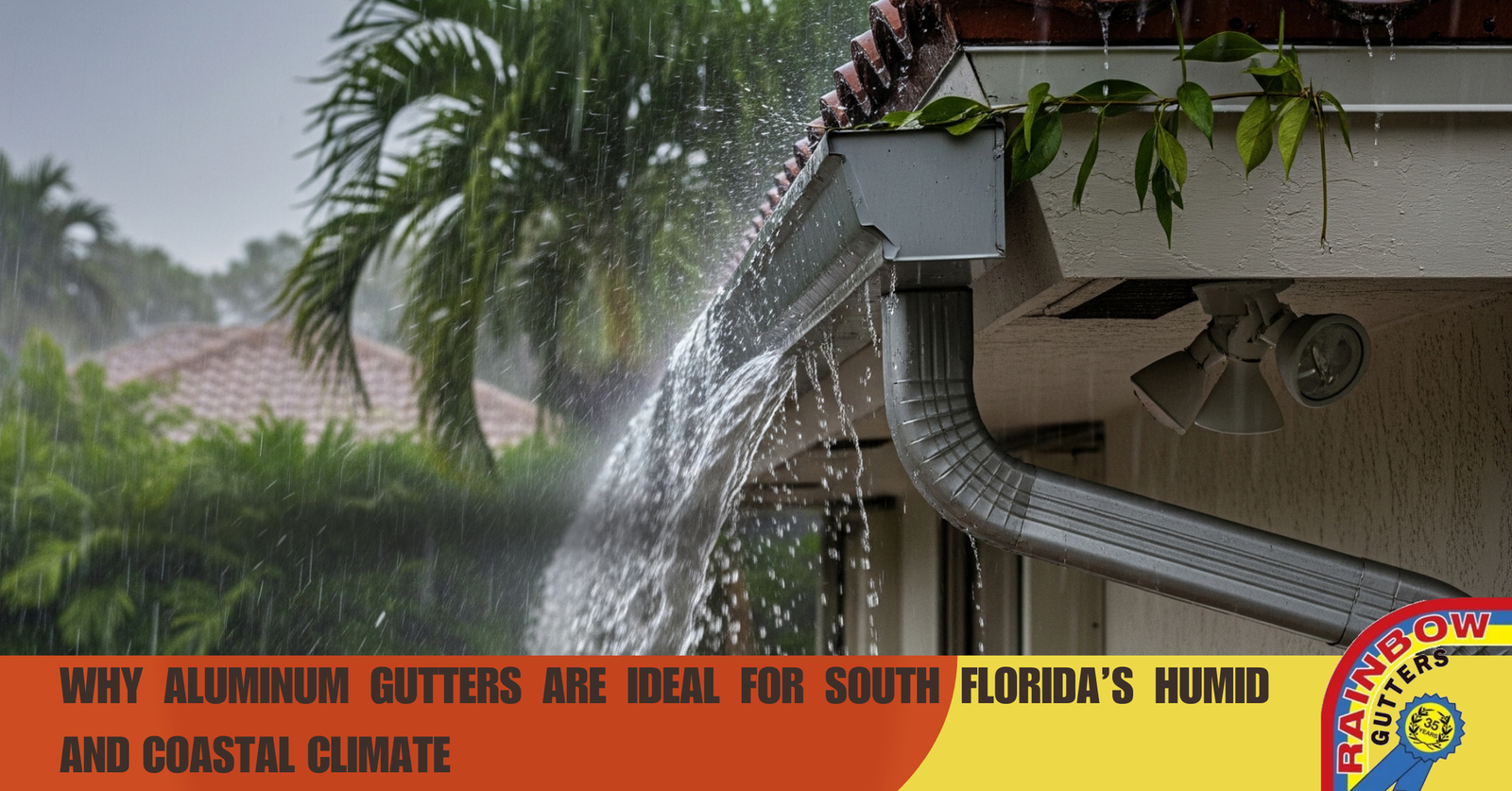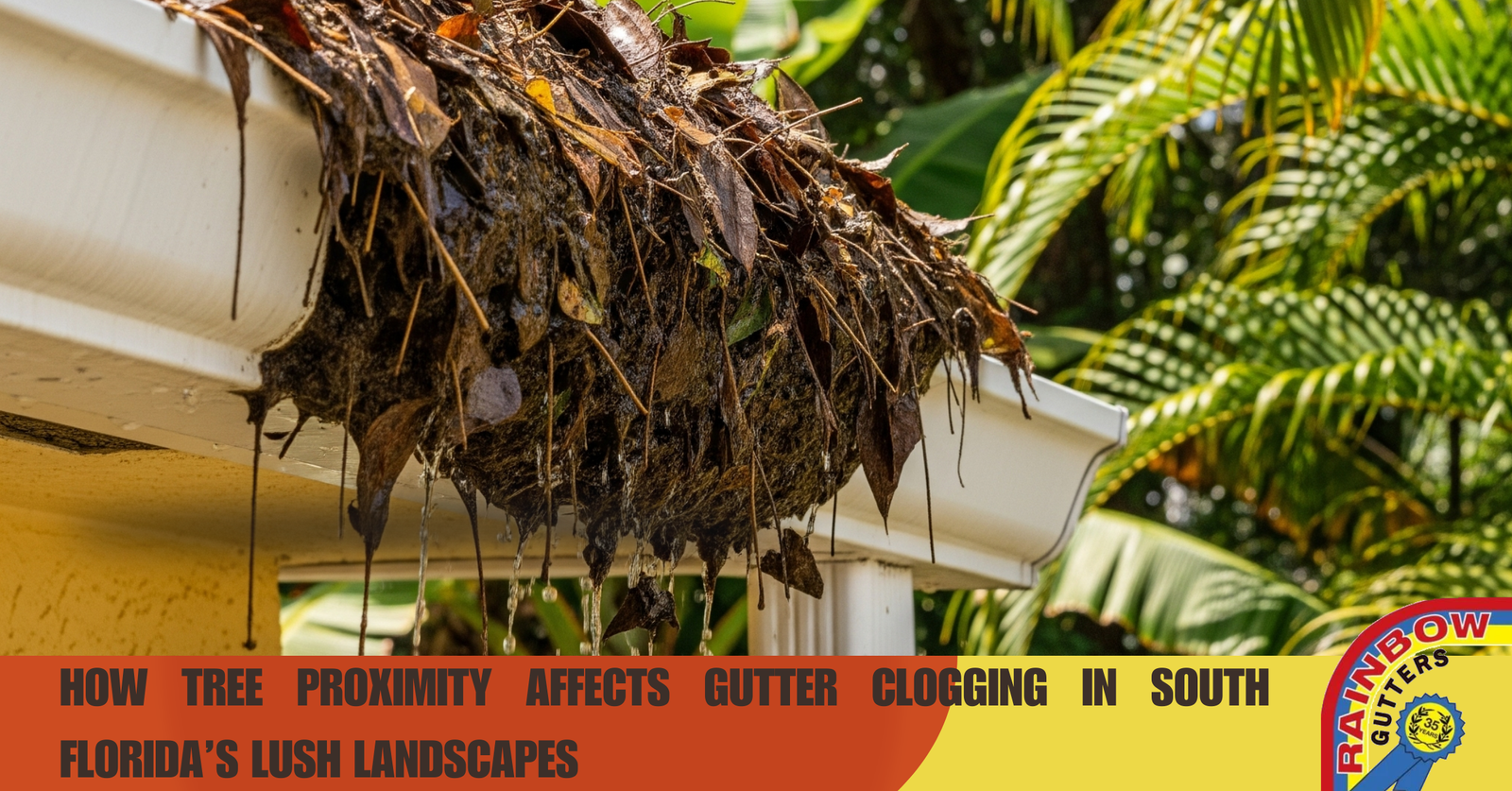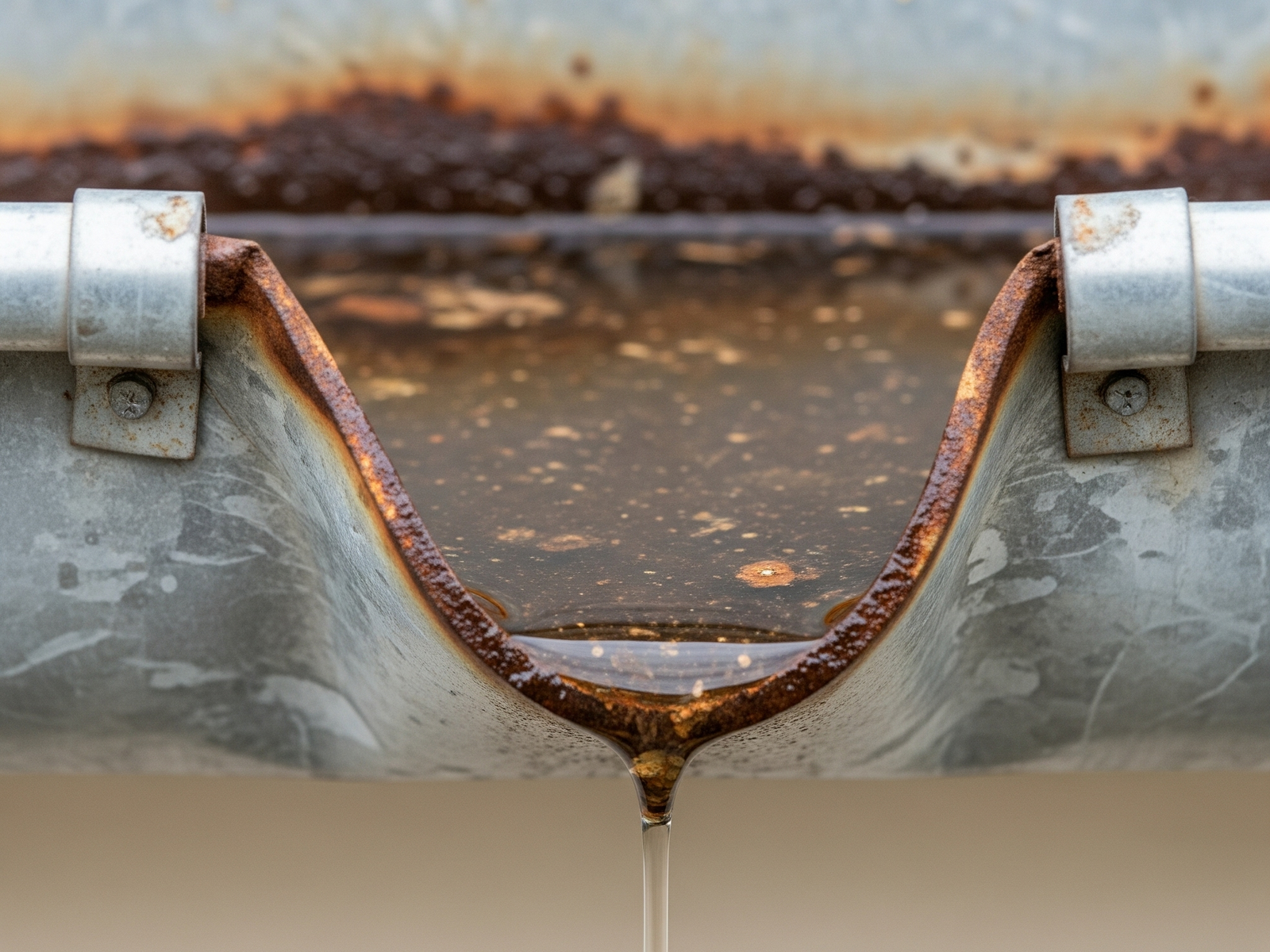
A proper gutter slope is essential to keep rainwater flowing efficiently toward your downspouts. But many homeowners overlook how even a slight slope issue can cause serious drainage problems, including water pooling, overflow, and foundation damage. In this guide, we’ll look at common gutter slope problems, what causes them, and how to fix them, so your gutters protect your home as they should.
Why Gutter Slope Matters
Gutters aren’t supposed to be installed perfectly level. Instead, they should slope slightly, typically about ¼ inch per 10 feet of gutter, toward the nearest downspout. This gentle slope ensures water flows efficiently instead of sitting stagnant, which could lead to rust, leaks, or mold growth.
Without the right slope, even a clean gutter can overflow during heavy rain, defeating its purpose.
1. Standing Water in Gutters
One of the most common signs of poor gutter slope is standing water that doesn’t drain, even after rain stops. Over time, this stagnant water can:
Add extra weight, pulling gutters away from the house
Accelerate rust in metal gutters
Attract mosquitoes and pests
Overflow onto siding and landscaping
Fix: Adjust the gutter hangers so the entire run maintains a consistent slope toward the downspout. This usually means loosening screws, repositioning the gutter, and retightening.
2. Incorrect Slope Direction
Sometimes, gutters slope the wrong way, away from the downspout. This typically happens due to:
- DIY installation errors
- Settling of the fascia board or roofline
- Improper gutter hanger placement
Fix: Rehang the gutter so it tilts slightly toward the downspout. A professional installer will use a level or string line to measure the correct slope.
3. Too Much Slope
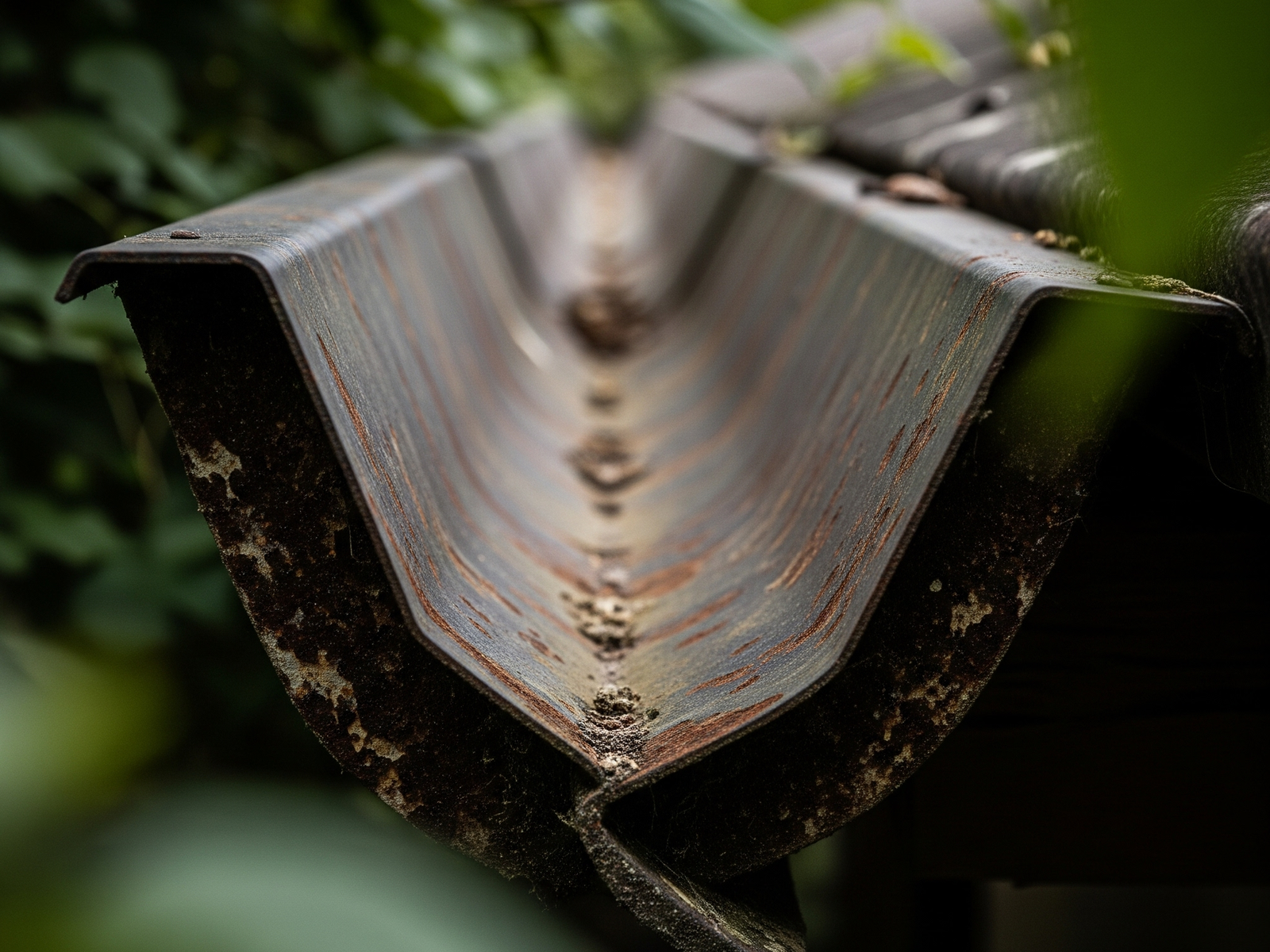
While gutters need a slope, too steep a slope can look uneven and cause water to flow too quickly, potentially splashing out or bypassing debris filters. It can also reduce the system’s capacity to handle large volumes of rain.
Fix: Adjust gutter brackets to create a gentler, more uniform slope, about ¼ inch per 10 feet is ideal.
4. Sagging Gutters
Sagging sections typically happen when:
- Hangers are spaced too far apart
- Heavy snow or debris weighed them down
- Screws have loosened over time
This creates dips where water collects instead of draining.
Fix: Add new hangers (ideally every 2–3 feet), replace damaged brackets, and realign the slope as needed.
5. Settling Fascia Boards
If your fascia (the board the gutter attaches to) becomes warped or starts rotting, it can pull gutters out of alignment and ruin the slope.
Fix: Inspect the fascia board, repair or replace damaged sections, and reinstall the gutter with the proper slope.
How to Check Your Gutter Slope
You don’t need special tools to spot slope problems:
After it rains, look for standing water
Pour water into the gutter and see how fast it drains
Use a string line or level to measure the drop from one end to the downspout
Tip: Even a slight deviation can affect performance, so if you’re unsure, call a professional gutter contractor.
DIY vs. Professional Adjustment
Small adjustments, like tightening or moving a few brackets, are doable for a handy homeowner. But complete resloping or working with tall ladders can be risky. Professionals bring:
- Precise leveling tools
- Safety equipment
- Experience to fix slope, leaks, and sagging in one visit

Prevent Slope Problems in the Future
- Clean gutters twice a year (spring & fall) to prevent weight buildup
- Check brackets and screws annually for looseness
- Install gutter guards to reduce debris clogs
- Trim nearby tree branches to prevent heavy leaf accumulation
Summary Table: Common Gutter Slope Problems & Fixes
| Problem | Cause | Fix |
|---|---|---|
| Standing water | Insufficient slope | Add new hangers & realign the slope |
| Wrong slope direction | Improper installation or settling | Adjust hangers to correct the slope |
| Too steep slope | Over-correction | Reposition the brackets for a gentler slope |
| Sagging gutters | Loose or missing hangers, debris weight | Add new hangers & realign slope |
| Warped fascia | Water damage, rot | Repair fascia & reinstall gutter |
Conclusion
Proper gutter slope is more than a technical detail; it’s crucial to keeping rainwater away from your home’s foundation, siding, and landscaping. Watch for signs like standing water, sagging sections, or overflow. If your gutters aren’t draining right, fixing the slope now can save you from costly repairs later. For big fixes, always consider hiring a professional to get the slope perfectly right. Contact us today!


